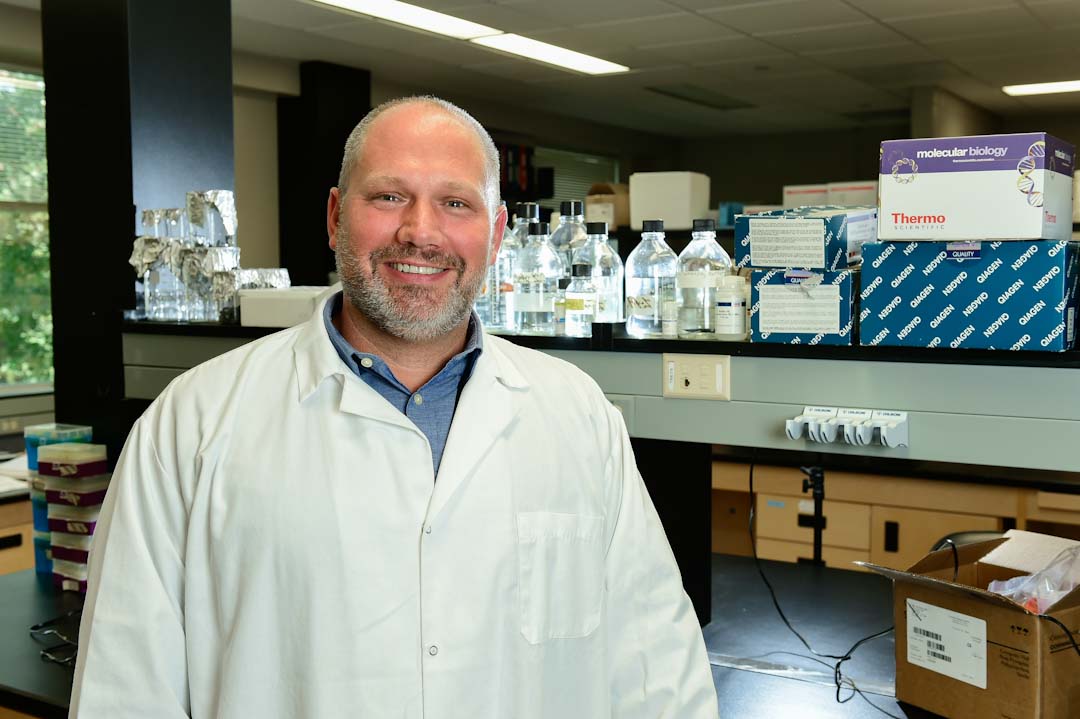
New CT scanner gives USask’s VIDO-InterVac scientists a window on COVID-19 disease
SASKATOON – New imaging equipment to help understand COVID-19 infection will soon be coming to the Vaccine and Infectious Disease Organization—International Vaccine Centre (VIDO-InterVac) at the University of Saskatchewan (USask), thanks to a Canada Foundation for Innovation grant announced today by Prime Minister Justin Trudeau.
By USask Research Profile and ImpactA team led by VIDO-InterVac Director Dr. Volker Gerdts and VIDO-InterVac scientist and College of Medicine biochemist Scott Napper will use the new special CT (computerized tomography) scanner to image animals infected with SARS-CoV-2 virus responsible for COVID-19.
“This specialized equipment will enable comprehensive, real-time analysis of COVID-19 disease progression and assessment of the safety and effectiveness of treatments,” said Gerdts.
“Given that we are engaged with more than 80 groups across the country and around the world, this equipment will have far-reaching benefits, strengthening our position as a leader in COVID-19 research and Canada’s centre for pandemic research.”
While a number of imaging approaches have been applied to understand medical complications associated with SARS-CoV-2 infection, CT imaging is proving to be one of the most effective and informative, Napper said.
With human patients, CT imaging has proven highly effective in understanding the nature of the disease caused by a number of infections, including visualization of inflammation, sepsis (a life-threatening illness caused by the body's response to an infection), and diagnosis of specific modes of infection.
Napper stressed that animal models of infection are the most important tool for understanding disease and evaluating the safety and efficacy of different treatments. CT imaging has proven valuable for investigating animal models of infection, research which is critical to understanding variables that may impact COVID-19 disease severity (such as age, gender, and health status) and potential for inflammatory responses.
“The data available through CT imaging would provide a critical dimension to our current efforts to understand disease and develop treatments,” Napper said.
VIDO-InterVac is at the forefront of Canada's response to COVID-19. The lab was the first to isolate the virus, the first to establish an animal model of infection, and the first to test a vaccine candidate. Animal models such as ferrets and hamsters have been used to test VIDO-InterVac’s vaccine candidate, as well as prospective vaccines and treatments from dozens of other research groups.
The CFI’s Exceptional Opportunities Fund supports urgent equipment needs related to COVID-19 research needs. A total of almost $28 million was announced for 19 projects across Canada.
-30-
For more information, contact:
Victoria Dinh
USask Media Relations
306-966-5487
victoria.dinh@usask.ca
Trenna Brusky
VIDO-InterVac Communications
306-966-2274
trenna.brusky@usask.ca

